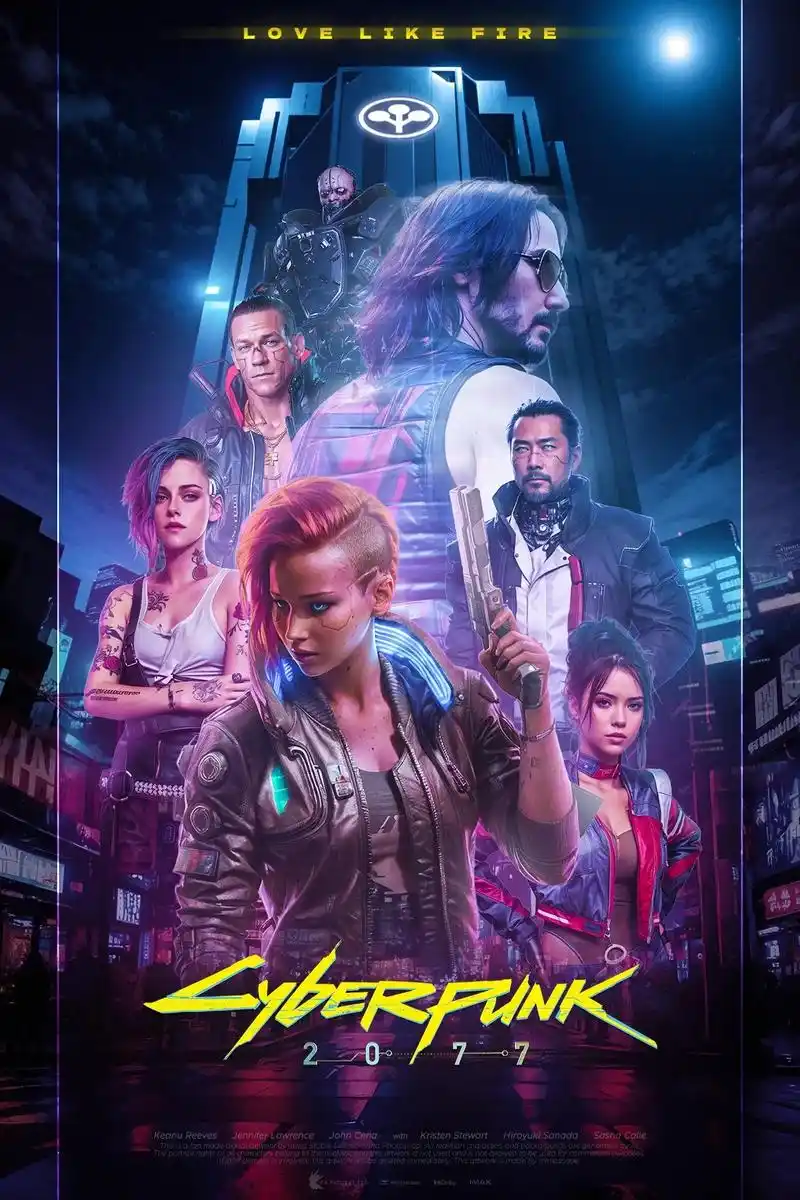Of all the elements that coalesce to form the masterpiece that is Uncharted 4: A Thief’s End, two stand as titans, inextricably linked in their purpose and power: its narrative and its set pieces. While many action-adventure games treat spectacle as a series of isolated thrills, a momentary adrenaline rush between quieter story beats, Naughty Dog’s seminal work achieves something far more profound. It forges an unbreakable bond between the two, ensuring that every dizzying leap, every frantic chase, and every crumbling ruin is not merely a test of player reflexes but a vital, expressive thread in the rich tapestry of its story. A Thief’s End is the ultimate testament to the idea that in great game design, the how of play is just as important as the why.
At its heart, the narrative of Uncharted 4 is one of quiet introspection clashing with the roar of the past. We meet Nathan Drake not as the invincible fortune hunter of yore, but as a man domesticated, living a life of contractual stability and suburban normalcy with Elena. The thrill of the chase has been replaced by the mundanity of a day job, and the longing in his eyes is palpable. This established ennui is the crucial foundation. It makes the re-emergence of his brother, Sam—a ghost from a past he thought buried—not just a plot point, but an emotional siren song. The central drive isn’t truly Captain Henry Avery’s legendary treasure; it’s Nate’s addiction to the chase, his unbreakable fraternal bond, and his fear of the man he might become if he lets this last chance slip away.
This deeply personal stakes transform the game’s magnificent set pieces from simple spectacles into narrative crucibles. Consider the iconic Madagascar chase sequence. On its surface, it is a technical marvel: a high-octane, physics-driven race through a bustling city, up a winding mountain road, and through a sprawling plantation, all from the driver’s seat of a jeep. But narratively, it is so much more. It is the euphoric reawakening of Nathan Drake. The whoops of joy, the reckless abandon, the seamless collaboration with Sully—this isn’t just fun gameplay; it is a character revealing his truest self. We are not just playing a chase; we are experiencing Nate’s relapse, his visceral, joyful return to the life he thought he had lost. The spectacle is the story of his addiction.
Conversely, the set pieces also serve to illustrate the cost of this obsession. The later chase through the rainy streets of King’s Bay, with Elena unexpectedly by his side, is a masterclass in tonal shift. The mechanics are similar—driving, shooting, escaping—but the emotional context is diametrically opposed. The joy is gone, replaced by a desperate, grim urgency. The banter is strained, the silence heavy with betrayal and fear. This set piece is no longer a celebration; it is a confrontation. It visually and interactively dramatizes the fracture in their marriage. The player isn’t just navigating a collapsing building; they are navigating the collapsing trust between two beloved characters. The environment itself becomes an antagonist, reflecting the turmoil within the relationship.
This synergy is perhaps most potent in the game’s quieter, yet equally brilliant, environmental storytelling. The island of Libertalia is not just a backdrop for firefights; it is a sprawling, open-ended set piece that tells its own tragic tale. As Nate and Sam traverse the decaying utopia, they piece together the story of Avery, Tew, and the other pirates through journals and the hauntingly beautiful ruins. The environment itself becomes a narrative device, its grandeur and subsequent decay serving as a grim foreshadowing of the brothers’ own path. The player is given space to explore and absorb this parable of greed, understanding that the pursuit they are on is a path well-trodden towards ruin. The puzzles, too, are woven into this fabric. The clock tower sequence in Scotland is not just a clever environmental puzzle; it is a moment of brilliant collaboration between the brothers, their banter and teamwork solidifying their bond and making the player invested in their partnership long before the darker twists are revealed.

The culmination of this philosophy is the game’s final major set piece: the burning shipyard. It is the ultimate fusion of narrative climax and interactive spectacle. The environment is literally coming apart, engulfed in flames and chaos, mirroring the final, violent unraveling of the villain Rafe’s sanity and the brothers’ desperate bid for survival. The sword fight with Rafe on the deck of a sinking galleon is the physical manifestation of their ideological conflict—a brutal, personal, and utterly desperate struggle stripped of guns and gadgets, a far cry from the playful brawls of Nate’s earlier adventures.
In the end, Uncharted 4: A Thief’s End succeeds because it refuses to let its narrative and its gameplay exist on separate planes. The set pieces are not interruptions in the story; they are the story. They are the language through which Nate’s internal conflict, his relationships, and his ultimate redemption are expressed. We don’t just watch Nate choose Elena over the treasure; we perform that choice through the quiet, profoundly powerful climb out of the cave, leaving the gold behind us. It is this perfect, harmonious marriage of narrative and interactive spectacle that elevates A Thief’s End from a mere video game to a landmark achievement in storytelling, proving that the most unforgettable moments are those where the player’s actions and the character’s journey are one and the same.














